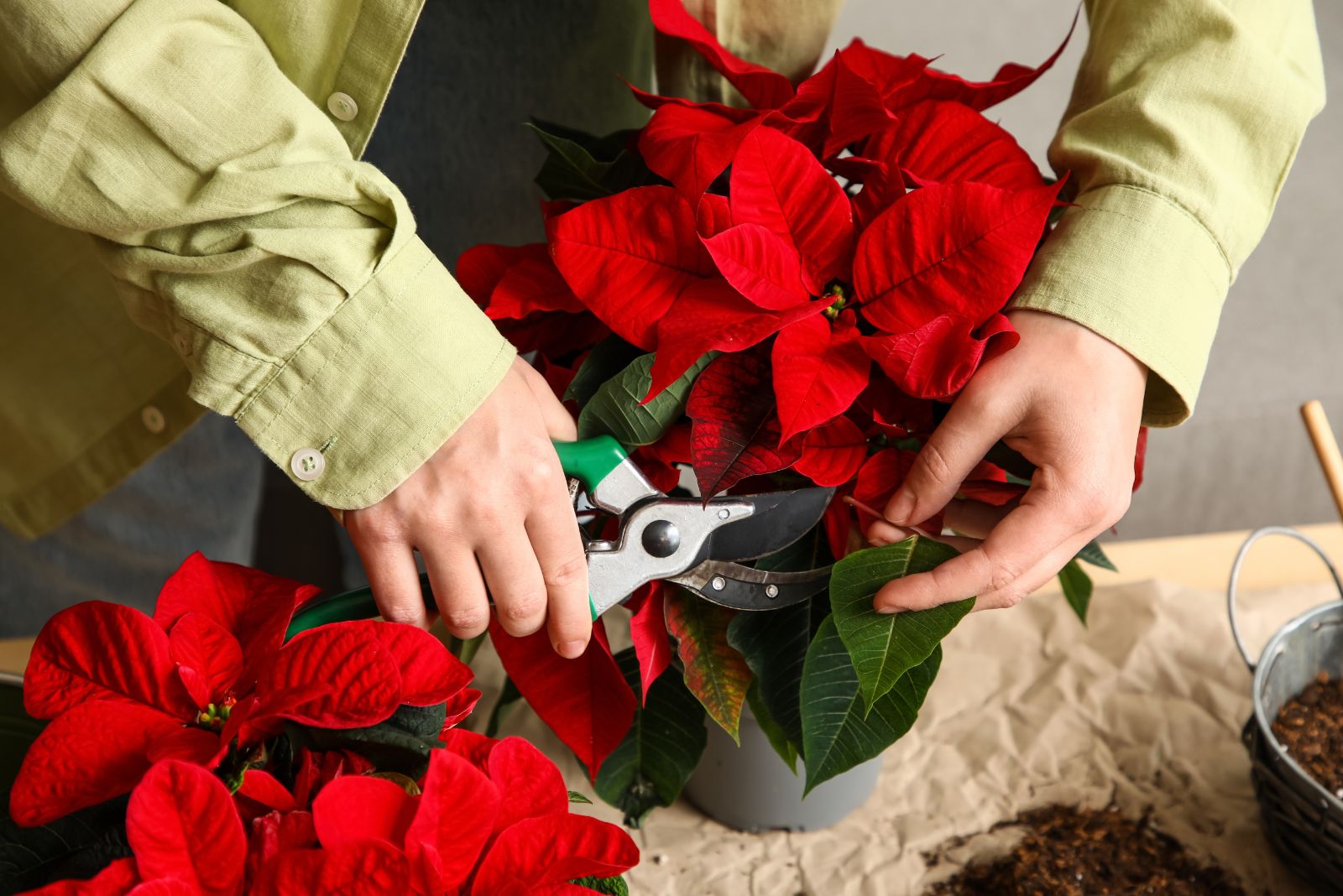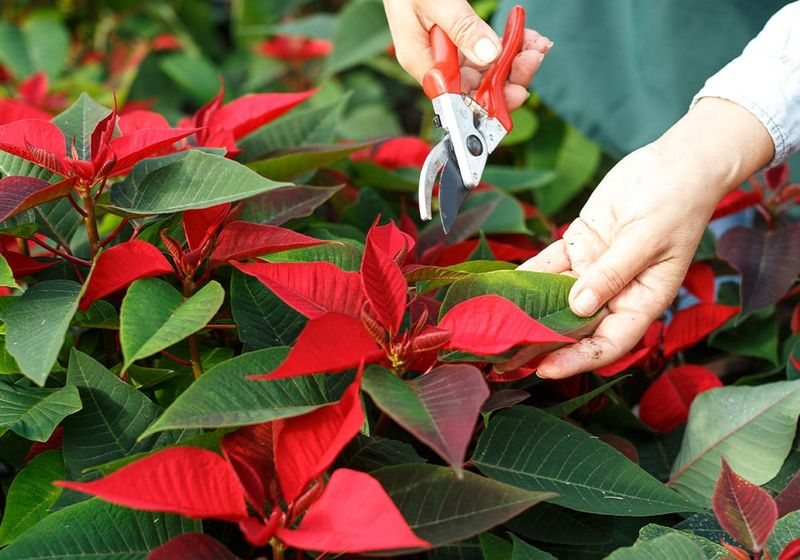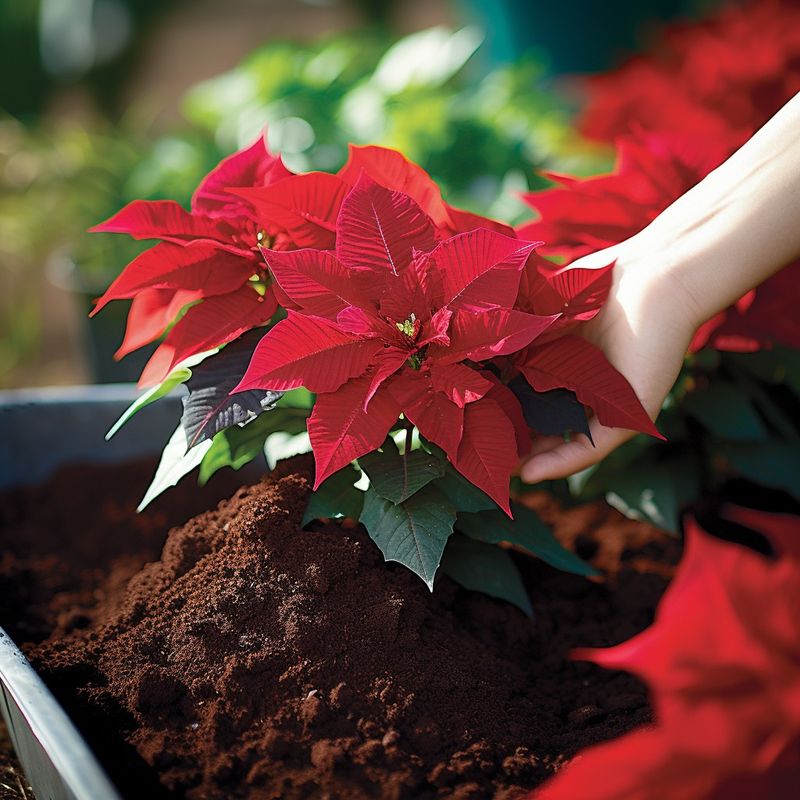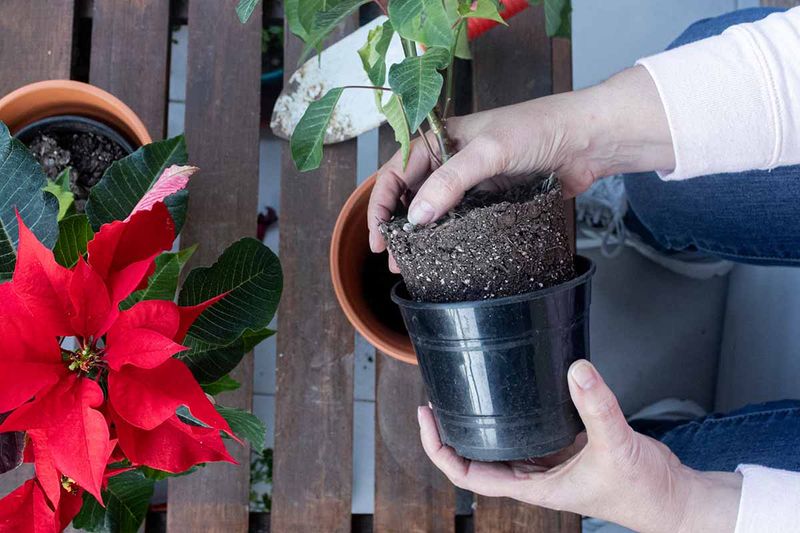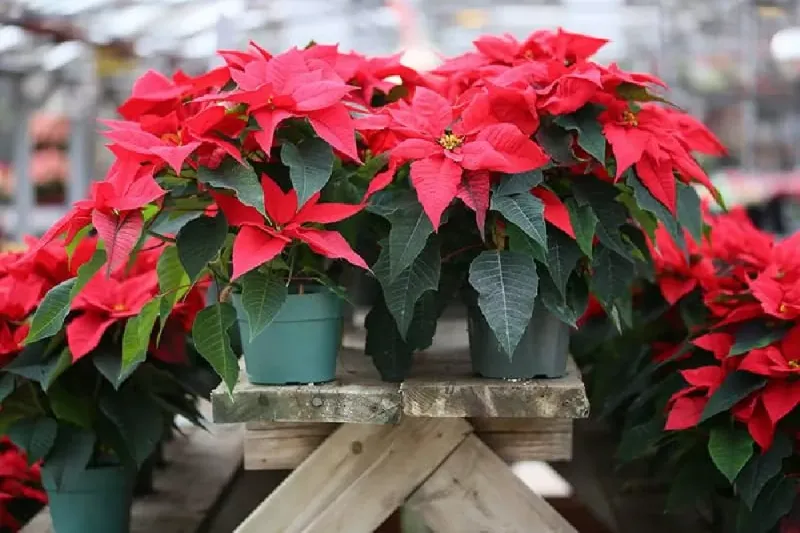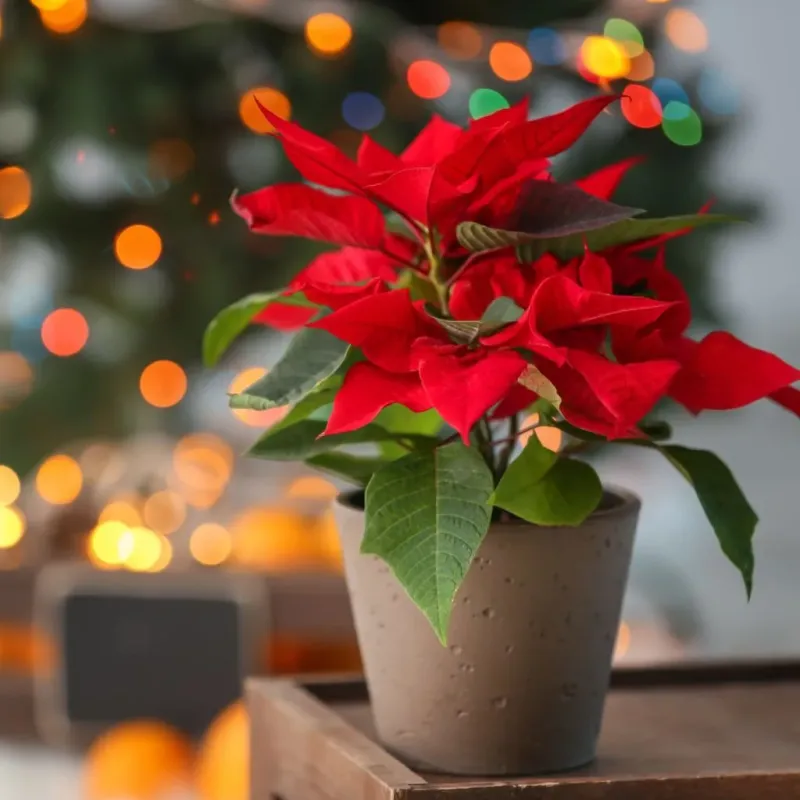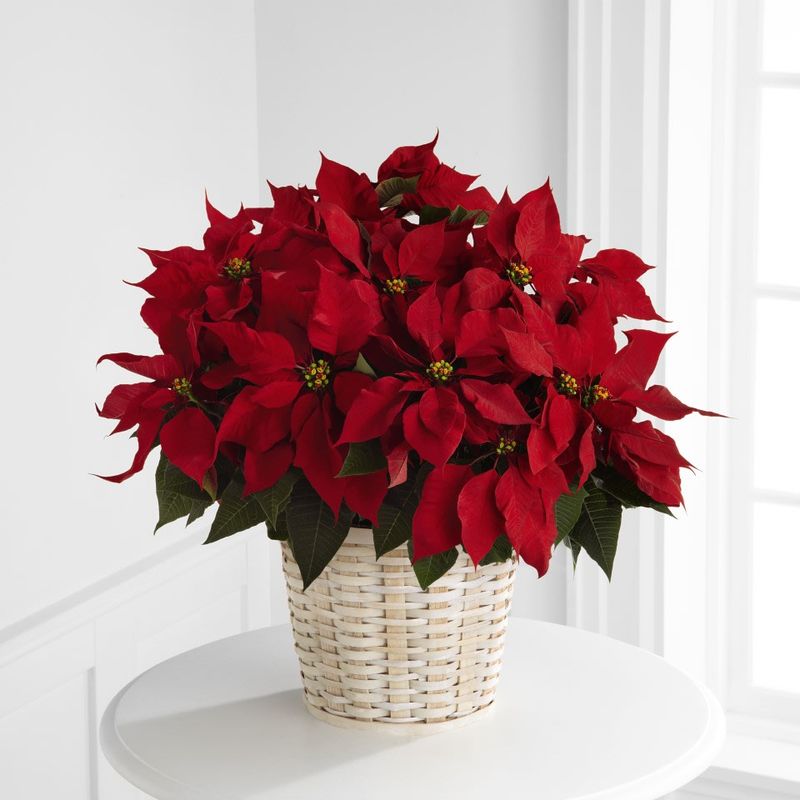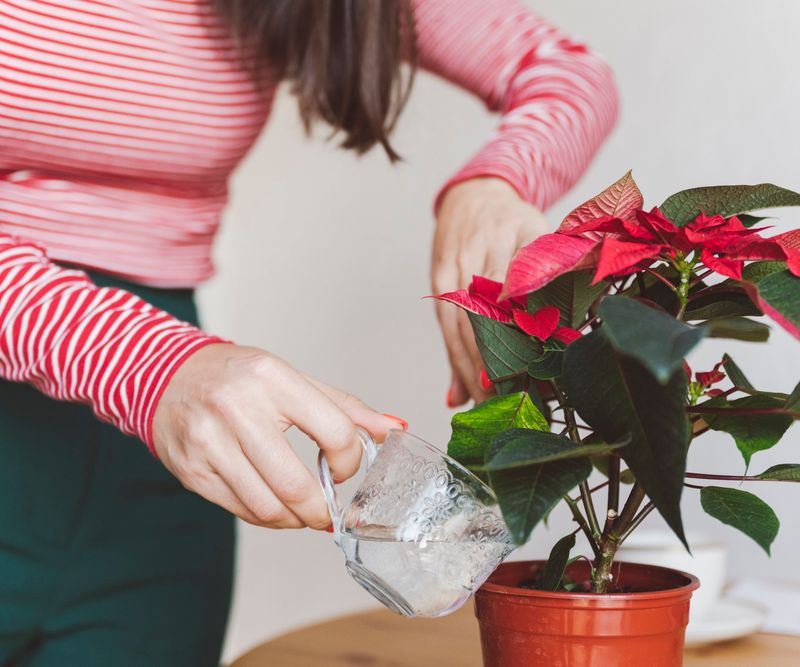Poinsettias may seem like one-season wonders, but Missouri gardeners know a winter method that keeps these holiday favorites thriving long after the decorations are packed away. With steady temperatures, soft light, and just enough moisture to keep the roots satisfied, these vibrant plants can glide through the cold months without losing their charm.
This reliable approach has become a trusted staple across the state, turning festive blooms into long-lasting favorites that return with fresh color year after year.
Timing Your Cutback Is Everything
Missouri gardeners wait until early spring, usually late March or April, before cutting back their poinsettias. Pruning too early can shock the plant and prevent healthy regrowth.
Cut stems down to about six inches from the soil line using clean, sharp scissors. This might seem drastic, but poinsettias respond wonderfully to aggressive pruning.
After cutting, place your plant in a bright window where it gets plenty of indirect sunlight throughout the day.
Cool Basement Storage Wins Every Time
Many successful Missouri gardeners move their poinsettias to cool basements after the holidays end. Temperatures between 50 and 60 degrees Fahrenheit work perfectly for the dormant period.
During this rest phase, water sparingly, just enough to prevent the soil from completely drying out. Too much water during dormancy causes root rot and destroys plants quickly.
Keep them in this cool space until spring arrives and outdoor temperatures stabilize above freezing consistently.
Repotting Boosts Summer Growth
Once danger of frost passes in Missouri, usually mid-May, repot your poinsettia into fresh soil. Use a pot one size larger than the current container to give roots room to expand.
Choose well-draining potting mix specifically designed for houseplants or tropical plants. Regular garden soil stays too dense and waterlogged for poinsettias.
Water thoroughly after repotting, then place the plant outdoors in a partially shaded spot where it receives morning sun.
Outdoor Summer Vacation Makes Them Thrive
Poinsettias absolutely love spending summer outdoors in Missouri’s warm, humid climate. Place them in spots that get morning sun and afternoon shade for best results.
Water regularly during hot weather, checking soil moisture daily since outdoor plants dry out faster. Feed every two weeks with balanced liquid fertilizer diluted to half strength.
Watch for pests like whiteflies and aphids, which love poinsettias during summer months outdoors.
Darkness Triggers Those Holiday Colors
Starting in late September, Missouri gardeners give their poinsettias complete darkness for 14 hours each night. This darkness period triggers the colorful bracts that make poinsettias special.
Cover plants with a box or move them to a dark closet from 5 PM to 7 AM daily. Even small amounts of light interrupt this process and delay color development.
Continue this routine for eight to ten weeks, and your poinsettia will develop vibrant red, pink, or white bracts.
Pinching Creates Fuller, Bushier Plants
Throughout summer, pinch back new growth tips every few weeks to encourage branching. This simple technique creates fuller, more attractive plants with multiple stems instead of one tall, leggy stalk.
Stop pinching by early September to allow buds to form properly before the darkness treatment begins. Late pinching delays flowering and color development significantly.
Each pinch removes only the top half-inch of new growth, which redirects energy into side shoots.
Consistent Watering Prevents Leaf Drop
Poinsettias hate being too wet or too dry, so Missouri gardeners check soil moisture before every watering. Stick your finger one inch deep, if it feels dry, water thoroughly until liquid drains from the bottom.
Inconsistent watering causes leaves to yellow and drop, which weakens plants and ruins their appearance. Empty drainage saucers after watering to prevent root rot.
Room temperature water works best since cold water shocks roots and causes stress to the entire plant.

